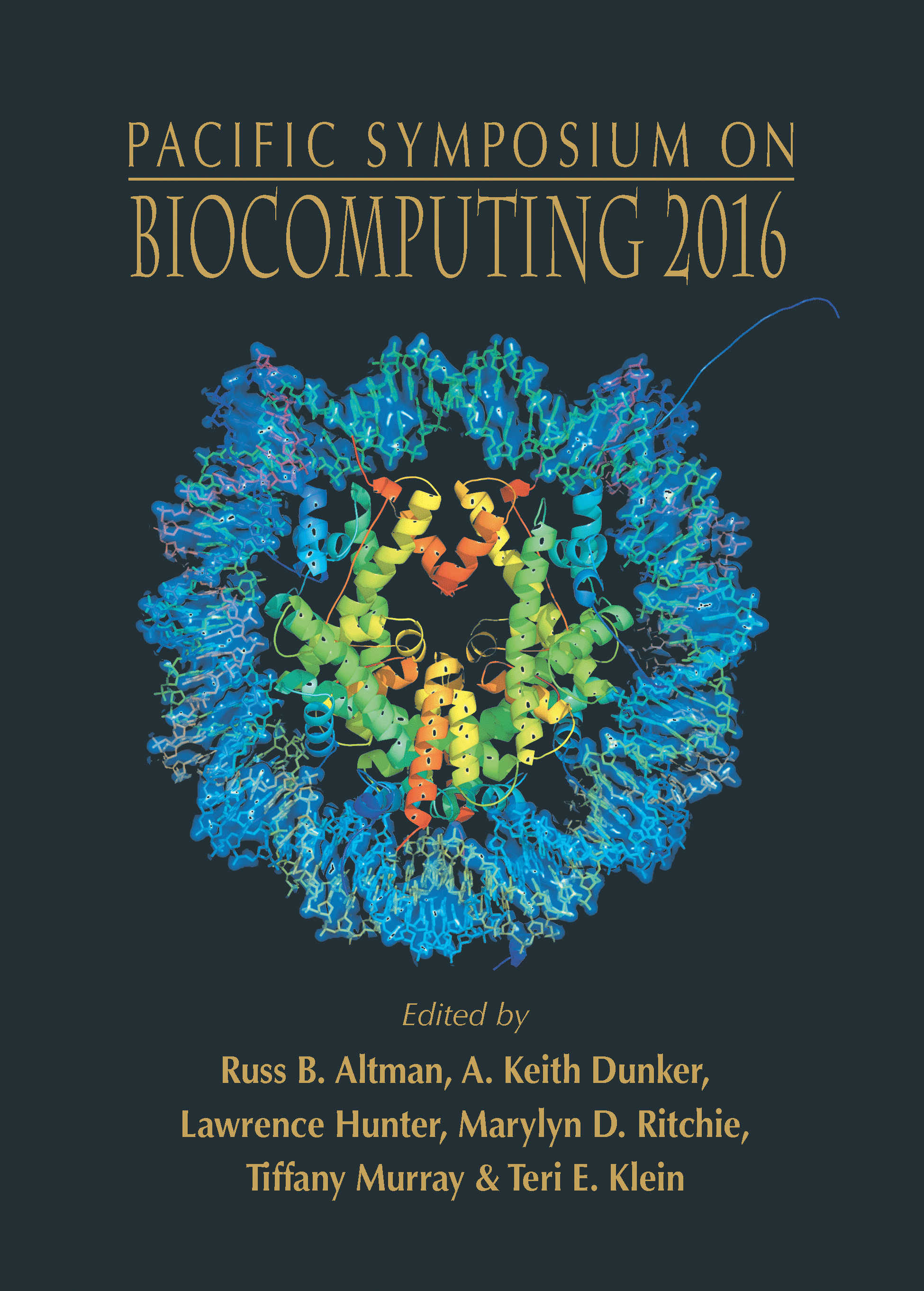
Rion Brattig Correia1,2, Lang Li3, Luis M. Rocha1,4
1School of Informatics & Computing, Indiana University
2CAPES Foundation, Ministry of Education of Brazil
3Department of Medical and Molecular Genetics, Indiana University School of Medicine
4Instituto Gulbenkian de Ciencia,
Email: rocha@indiana.edu
Pacific Symposium on Biocomputing 21:492-503(2016)
© 2016 World Scientific
Open Access chapter published by World Scientific Publishing Company and distributed under the terms of the Creative Commons Attribution (CC BY) 4.0 License.
Much recent research aims to identify evidence for Drug-Drug Interactions (DDI) and Adverse Drug reactions (ADR) from the biomedical scientific literature. In addition to this “Bibliome”, the universe of social media provides a very promising source of large-scale data that can help identify DDI and ADR in ways that have not been hitherto possible. Given the large number of users, analysis of social media data may be useful to identify under-reported, population-level pathology associated with DDI, thus further contributing to improvements in population health. Moreover, tapping into this data allows us to infer drug interactions with natural products—including cannabis—which constitute an array of DDI very poorly explored by biomedical research thus far. Our goal is to determine the potential of Instagram for public health monitoring and surveillance for DDI, ADR, and behavioral pathology at large. Most social media analysis focuses on Twitter and Facebook, but Instagram is an increasingly important platform, especially among teens, with unrestricted access of public posts, high availability of posts with geolocation coordinates, and images to supplement textual analysis. Using drug, symptom, and natural product dictionaries for identification of the various types of DDI and ADR evidence, we have collected close to 7000 user timelines spanning from October 2010 to June 2015. We report on 1) the development of a monitoring tool to easily observe user-level timelines associated with drug and symptom terms of interest, and 2) population-level behavior via the analysis of co-occurrence networks computed from user timelines at three different scales: monthly, weekly, and daily occurrences. Analysis of these networks further reveals 3) drug and symptom direct and indirect associations with greater support in user timelines, as well as 4) clusters of symptoms and drugs revealed by the collective behavior of the observed population. This demonstrates that Instagram contains much drug- and pathology specific data for public health monitoring of DDI and ADR, and that complex network analysis provides an important toolbox to extract health-related associations and their support from large-scale social media data.